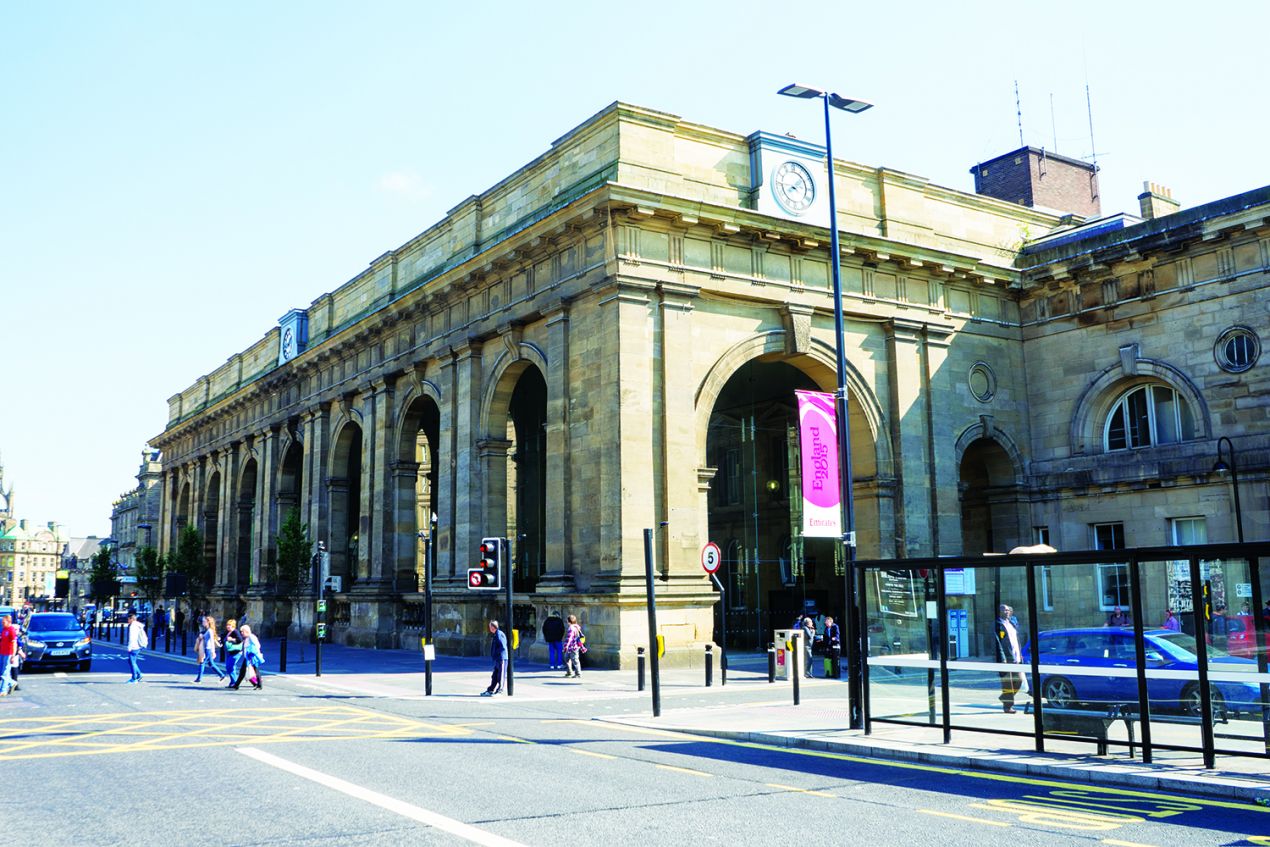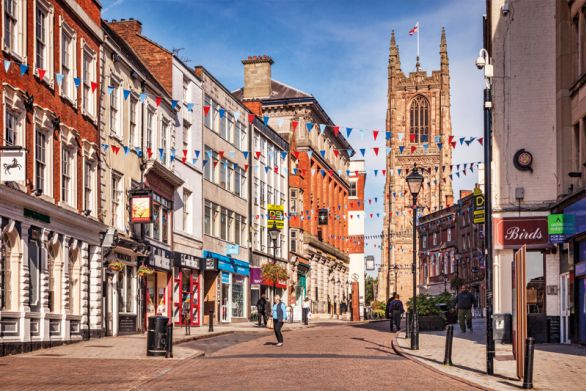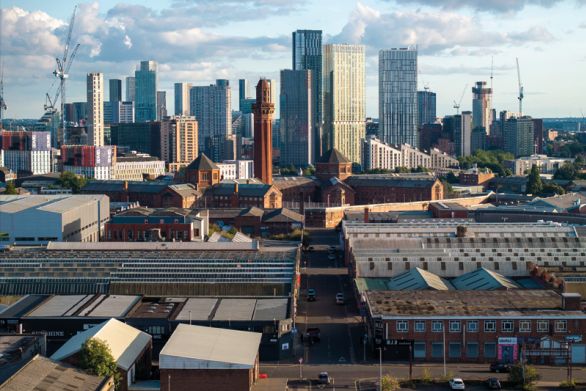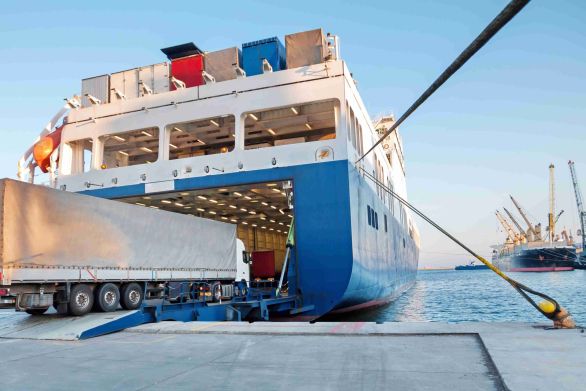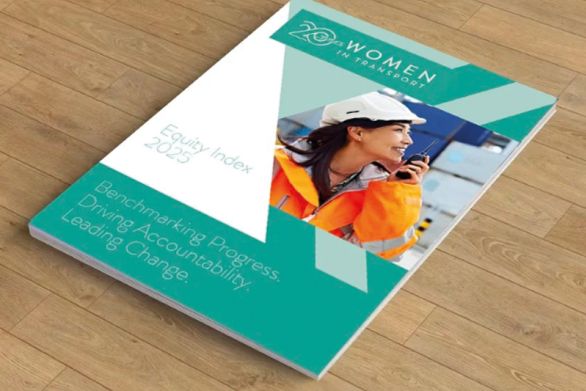In his July budget address to the UK Parliament Chancellor of the Exchequer George Osborne took time to mention railway stations. This reflects an increasing awareness of improvements in technology and design, passengers' rising expectations of stations, and politicians' realisation that these expectations need to be met. Perhaps now is the right time to adjust our traditional approaches to station design and management to meet the new challenges.
The traditional context is changing
The ambition
The aspirations of decision-makers for stations are at an all-time high. Over the last 10-15 years investment in stations has provided new and transformed stations. It is not just London stations that draw decision-makers’ attention and result in quality developments; look at Sheffield, Wakefield, Newcastle and St Helens, for examples of smaller cities and towns seeking railway stations for their community.
In research that we undertook for Network Rail on the ‘value of stations’, the participants identified the contribution that a railway station can make to a community’s sense of ambition and regeneration.
The consumer expectations
The experience of the station, including its facilities, services, ambience and surroundings, are an integral part of a passenger’s journey. While research shows station experience is not a strong driver of passenger satisfaction, there is evidence to suggest that it can influence mode choice and escalate passenger dissatisfaction when there is disruption.
The GB rail industry has seen significant investment in its rolling stock and there is still more in the pipeline. Passengers are experiencing trains that offer WiFi, have air conditioning and better heating and provide the feel of a premium brand car rather than a ‘bus on wheels’. Over the last two decades there has been extensive renewal and expansion of the railway rolling stock fleet, and the industry forecasts that up to 4,000 more vehicles may be required by 2024. The Government has also committed to free WiFi on trains in England and Wales from 2017. In contrast to old wooden carriages, or a basic bus-like interior, passengers are also becoming accustomed to, and expecting, better heating and air conditioning and real time passenger information.
On the high street the experience of consumers has also been changing and there has been a recognition that brand and local identity can be important differentiators. This trend for a distinctive identity, better experience, and quality design is also being seen in the upgrading of public buildings such as schools, libraries and hospitals.
Set alongside this is a desire for convenience and assurance - that what we want to do, we can do when we want to. How then does the station experience change to meet these increasingly important consumer expectations?
The legacy challenges
Britain’s stations vary in form, condition and scale and we have the Victorians to thank for many of them. This imposes two major challenges to the management of the existing stations.
The first challenge is physical safety, because the greatest risk to passengers remains not from the train journey but from slips, trips and falls at stations. As accident levels continue to decline, the safe movement of large numbers of passengers through stations, and particularly at the platform-train interface, is an increasingly important issue.
The second challenge is how to create increased capacity at our stations, both within and around them, and their integration with onward means of travel.
How do we best create comfortable and safe spaces to access, move, wait and enjoy during a journey?
What next for our interchanges and stations?
Interaction with neighbours
Our stations need to evolve radically from their traditional configurations. To support a more neighbourly focus and greater value in the station surroundings, we need new ways for stations to interact with their environments. Large stations with a single and narrow entrance blocked by ticket barriers are being redesigned to be ‘permeable’, offering passengers a range of entrances and exits and encouraging non-passengers into and through the concourse and its facilities. However, these changing patterns of movement affect not only the station but also its neighbours.
In smaller communities there is the potential for stations to have a greater profile and offer new levels of contribution. Station managers will need to harness, develop and evolve technology to increasingly empower and engage both the station workforce and station users.
Stimulating housing and economic activity
Research has suggested that, all other things being equal, the value of residential property falls by 1% with every extra 100 metres from the nearest station. If stations are to support government aspirations for additional housing, there must be plans for their development to meet long-term needs and growth. Objectives and incentives need to be defined in a way that supports this projected growth.
A truly integrated transport network
In the new paradigm there needs to be a comprehensive understanding of the diverse range of ways in which passengers will arrive and leave the station, but also the future mix of modes they will use.
Providing more permeable stations with more entrances may make it harder for passengers to find onward bus and taxi services, and design will also need to support new modes such as Uber, whose on-call approach may have different requirements. For car users greater assurance over available and secure parking spaces should be provided, along with provision for the charging of electric cars.
Walking, however, is likely to remain the dominant means of access for most stations and the provision of pleasant walking environments will be important if rail is to remain attractive. A recent University of Hong Kong study of London’s streets found that good street network connectivity and the presence of vegetation, contribute to a propensity to walk longer distances to the station.
The implications
A change from trusted traditional approaches will always be a challenge to the received wisdom. It will call for objective and insightful analysis, creativity to develop the new approaches, determination to successfully implement them and a shared willingness to critically appraise what has worked and what has not. This requires a holistic understanding of stations from multiple perspectives and a holistic appreciation of the different needs, expectations and issues for different station users. Perpetuating traditional approaches to design and management will not work to meet the aspirational, consumer and legacy challenges.
